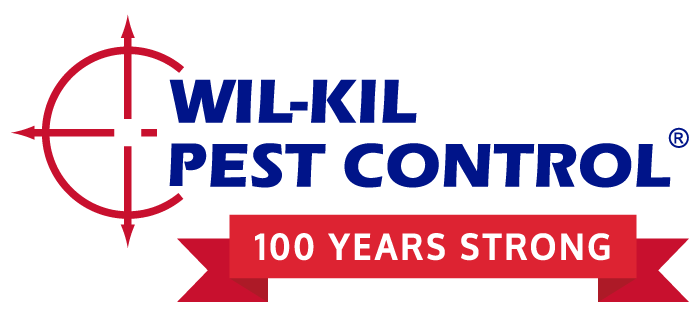Fall is finally here! The weather is cooling down, the air is crisper and unfortunately, pests are starting to move indoors. You still have some time to prepare your business, though, for pests that are problematic in the winter. These are often rodents and other small mammals which can be the biggest threat to your brand and property. Once there’s snow on the ground, it becomes much more difficult to prevent rodents from returning even after you think you’ve “squashed” the problem. Wil-Kil has a few tips to keep you prepared while there’s still time.
Get A Free Quote
Why are rodents worse in the winter?
Unlike overwintering insects (such as Asian lady beetles, boxelder bugs and stink bugs) that move indoors to hibernate, rodents stay active year-round. However, they are much worse in the winter as they seek warmth from buildings and for food. The usual vegetation they feed on is dormant, which is why they will look for alternative food sources indoors.
Do rodents really cause that much damage?
It’s estimated that the cost of repairing damage caused by rodents is $20 billion per year – so yes they certainly can cause damage to your building. Mice and rats chew through wire which not only damages your electrical work but can be a huge fire hazard. It’s estimated that roughly 20% of property fires without a known source are caused by rodents!
The other big threat rodents pose is to your brand’s reputation. If your establishment is client-facing, they will not be pleased by the sight of a rodent, and for good reason. Not only are they unappealing to look at, but they also carry at least 35 known diseases which can spread pretty much wherever they go – including counters and other food storage areas.
So, what can you do?
As mentioned earlier, you want to reduce the chances of a rodent problem ever occurring. The best pest problem is the one that never happened. That’s why we recommend looking to the exterior of your building to prevent rodents before they find a way in. Here are a few measures you can take to reduce your building’s appeal to rodents:
- Keep storage and clutter near the outside of your building to a minimum. This includes work equipment, tools, vehicles and trash. These all provide the ideal protection from predators and can quickly attract rodents. Once they’re close to your building, it becomes more likely that they’ll find their way inside.
- Keep any dumpsters at a distance from your building and regularly check for spillage and other debris. If rodents repeatedly identify your dumpster as a food source, they will continue to come back. Make sure the dumpster is regularly emptied and inspected to prevent overflow.
- Once you have checked these initial attractants, look to your building to make sure there aren’t any ways rodents can get inside. Seal and caulk any openings in the outside of your building – mice can enter through openings as little as a ¼ inch. Also, consider putting screens on outward facing vents.
- Doors are a major entry point as well simply by nature. With frequent traffic flow, rodents are more likely to sneak their way inside. Make sure any of the harborages mentioned are at a distance.
If you are struggling to identify all possible entry points, or just aren’t sure if your building is ready for the pests that cold weather brings, then make sure to give Wil-Kil Pest Control a call. We’ll be able to check any of the spots you may have missed and make the proper recommendation.


